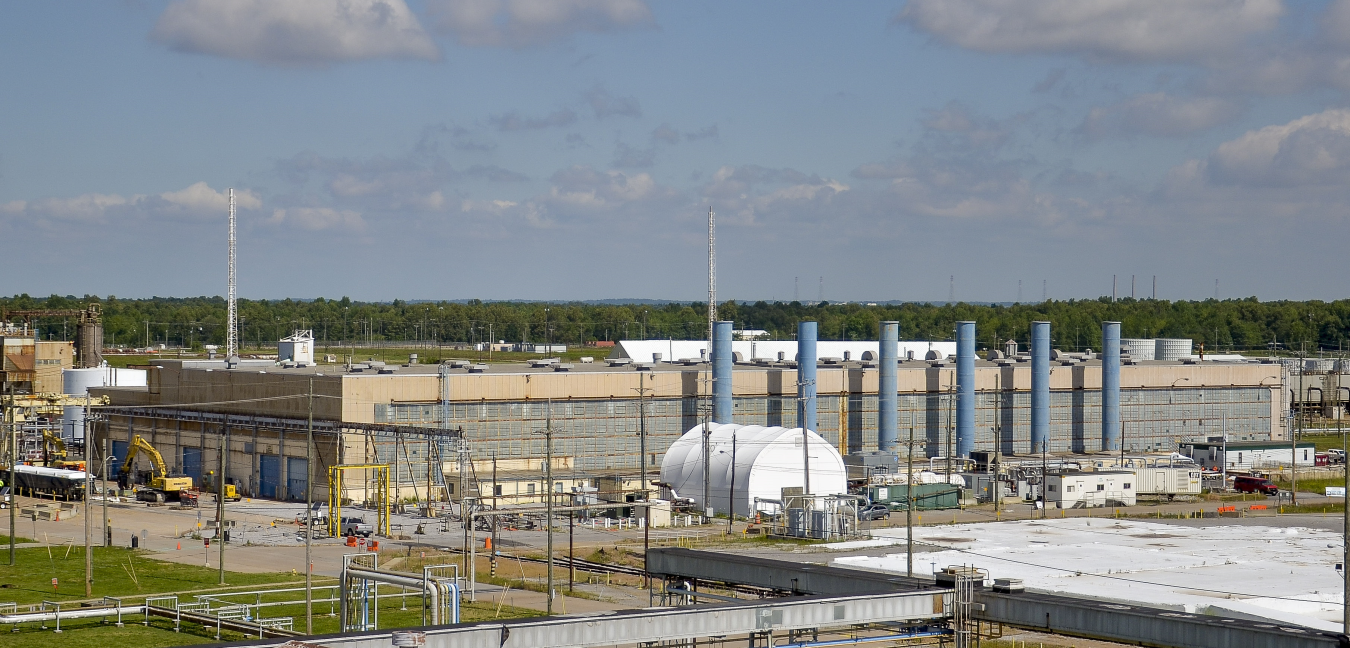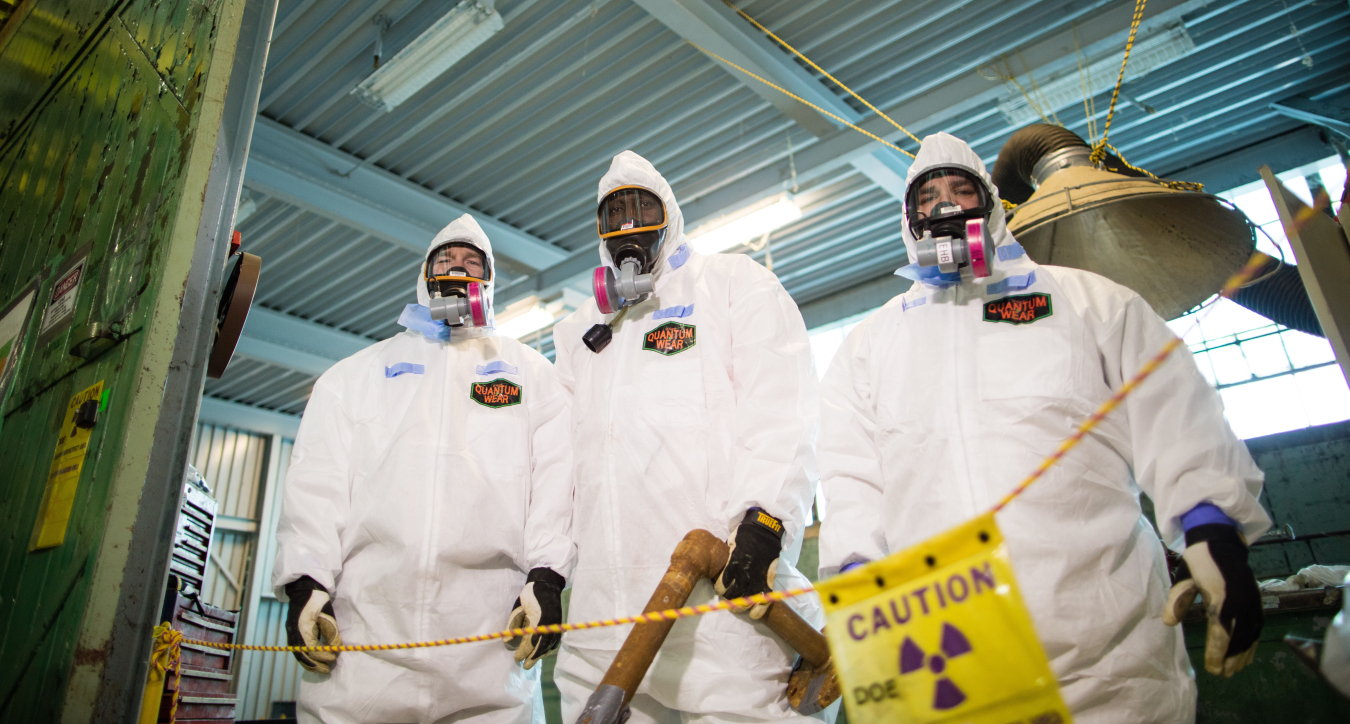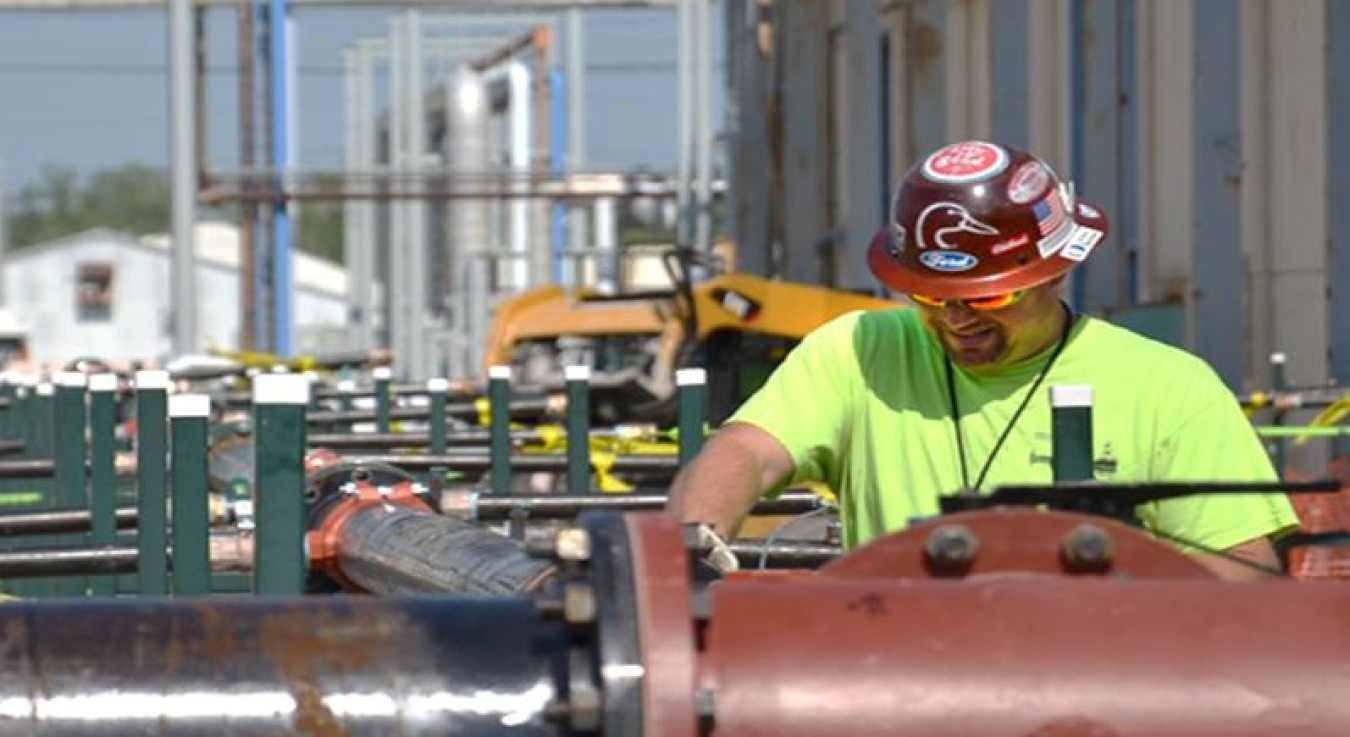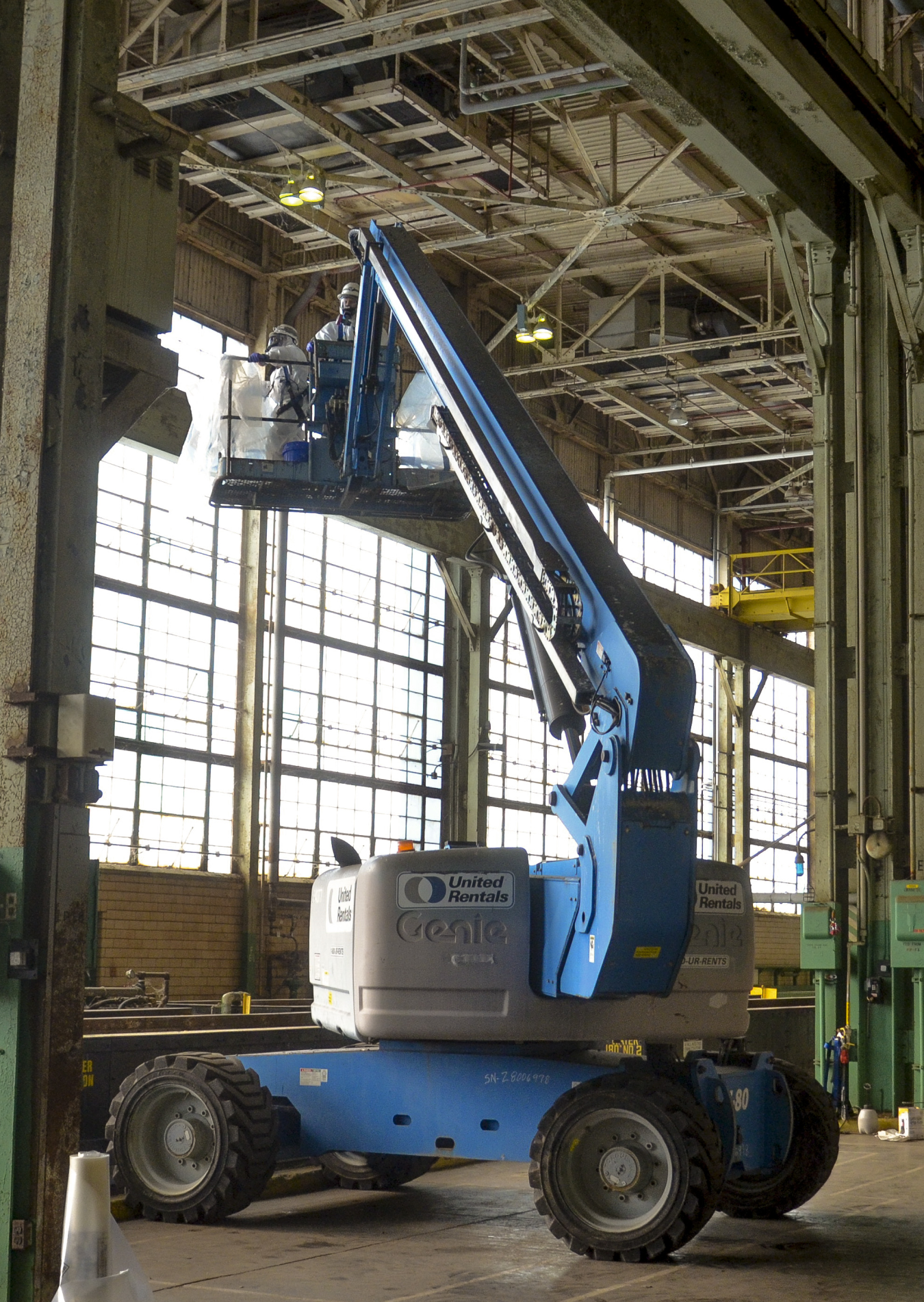
Since the return of the Paducah Gaseous Diffusion Plant facilities to DOE in October 2014 after 20 years of private operation, the Department of Energy has been able to establish a fully integrated baseline, or forecast of time and resources that will be required for the site to be fully remediated. Cleanup of the Paducah Gaseous Diffusion Plant site is anticipated to be completed in 2065 at an approximate total cost of $17 billion.
The 2018 baseline incorporates a new regulatory strategy agreed to by DOE, the U.S. Environmental Protection Agency, and the Commonwealth of Kentucky – all partners in ensuring site remediation under a legally binding agreement pursuant to the federal Superfund law.
The strategy:
- Focuses on deactivation, demolition, and remediation of the C-400 Complex and surrounding area. This is the largest source of groundwater contamination and resulting environmental risk in and around the site;
- Emphasizes characterization of the uranium enrichment process buildings, performance of a safer, more effective approach to uranium deposit removal and sequenced preparation for future demolition;



- Continues to incorporate lessons learned from the deactivation and demolition of the Oak Ridge, TN and Portsmouth, Ohio gaseous diffusion plants, which are decades ahead of Paducah on the cleanup path. Those plants shut down production many years prior to Paducah, which was the last operating plant of its kind in 2013;
Takes into account EM’s mission, funding projections, additional project scope that has been identified since the plant’s return, regulatory agreements, and community input; and
Reflects the Department’s commitment to performing and completing the remaining legacy cleanup work at the Paducah Site in a safe and efficient manner that is protective of the site workforce, the public, and the environment.


